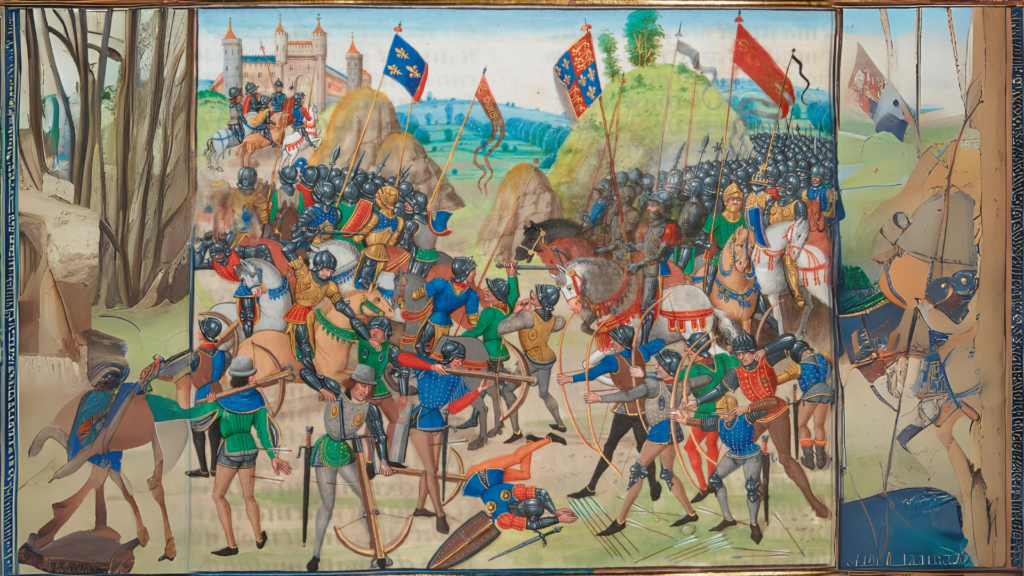 Early Medieval Tactics
Early Medieval Tactics
In the early medieval period, European warfare was characterized by the dominance of heavy infantry and cavalry. Armies often relied on shield walls and tight formations to defend against enemy attacks. Knights and mounted warriors, with their superior mobility, became central to military strategies, influencing the outcomes of many battles and shaping the feudal order.
The Rise of Siege Warfare
As medieval Europe progressed, the construction of formidable castles necessitated advancements in siege warfare. Techniques such as tunneling, the use of trebuchets, and the development of siege towers were employed to breach fortified structures. The prolonged sieges of castles and walled cities became a common feature of medieval conflicts, reflecting the increasing sophistication of military engineering.
The Impact of the Longbow
The introduction of the longbow revolutionized medieval warfare, particularly in England. Capable of penetrating armor at long distances, the longbow gave English armies a significant advantage in battles like Agincourt and Crécy. This powerful weapon altered battlefield tactics, emphasizing the role of skilled archers and diminishing the dominance of heavily armored knights.
Conclusion
Medieval European warfare evolved significantly over the centuries, adapting to new technologies and strategic challenges. The changes in tactics, siege techniques, and weaponry reflect the dynamic nature of military history during this period, shaping the course of medieval conflicts and the development of European states.